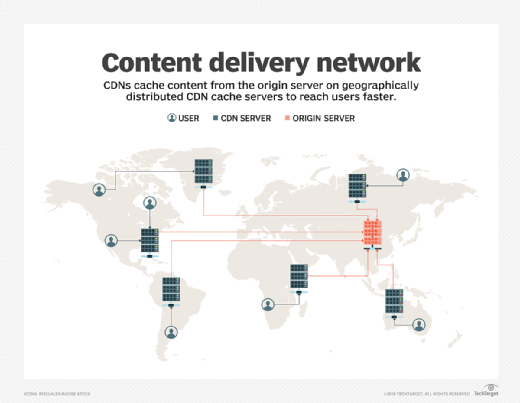
everythingpossible - Fotolia
Evaluate general and niche cloud service use cases
Can't decide between a niche cloud provider or a hyperscaler? Review some real-world examples to help weigh the options and find the best fit for your workloads.
Editor's Note: This article is part 2 of a two-part series. Please click here to read a general overview on the differences between multi-purpose and single-purpose clouds.
At a high level, the cloud computing market can be broken down into two categories: smaller platforms that serve a specific purpose and large-scale platforms aimed at the broadest set of uses. The general-purpose clouds, such as AWS, Microsoft Azure and Google Cloud, tend to offer better pricing and availability, while niche clouds usually provide more features and customizability.
To illustrate the advantages and disadvantages of niche cloud services versus hyperscale platforms, let's look at a few common examples of IT services you might need and how the two approaches would compare in each scenario.
Cloud data storage
There are a multitude of data storage services in the cloud market. Enterprises can select the big providers' offerings, such as Amazon S3, Azure Storage and Google Cloud Storage, as well as those from niche cloud service providers like Backblaze and Wasabi. Weigh these three main factors when choosing which type of cloud storage provider to adopt.
1. Geographical location
One important consideration is the physical location where the data is stored in relation to your users. Wasabi and Backblaze both currently offer three data centers in North America and one in Europe. In contrast, large public cloud providers have dozens of data centers, regions and availability zones around the world. This global footprint benefits businesses that need to store data in specific geographic regions not served by niche cloud providers. Additionally, for workloads that demand high availability, the major cloud vendors enable geo-replication of data across multiple data centers.
2. Cost
Niche cloud services tend to offer pricing that is simpler, cheaper and predictable. For example, Wasabi charges a flat monthly rate of $0.0059 per gigabyte of stat stored. Unlike hyperscale providers, it does not have multiple pricing tiers, nor does it charge for data egress or API requests. In contrast, Amazon S3 standard storage costs 3.5 times that for storage amounts in excess of 500 GB. The discrepancy is even higher for smaller data volumes. Additionally, S3 charges data egress fees on top of its per-gigabyte storage costs.
3. Integration
If you want to connect your storage to other cloud services, such as compute instances, it is typically easier if those resources are part of the same cloud. A niche cloud service provider, like Wasabi, can connect to the services on most hyperscale platforms, but the integrations and security challenges are more complex when it involves multiple clouds.
The exception to this rule is for businesses that want to couple data storage services with on-premises backup offerings. Some single-purpose cloud storage providers, such as Backblaze and Carbonite, offer data backup applications as well as cloud-based storage.
CDN
Major providers offer content delivery networks (CDNs), such as Amazon CloudFront and Google Cloud CDN, which quicken performance and decrease transmit times. There are also a variety of single-purpose CDN providers, such as Akamai, Cloudflare and Fastly.

Like everything in cloud, price is a key factor. Niche providers tend to have lower CDN costs per gigabyte of data transferred, and per HTTP or HTTPS request. Many of them also offer custom pricing plans for larger customers. On the other hand, CDNs from larger providers avoid data egress fees associated with because the workloads are all on the same network. Thus, if you have data stored in an Amazon S3 bucket, there are no fees when you make data available in Amazon CloudFront.
Some niche cloud service providers also offer extra features that aren't available on general-purpose clouds. For example, although all CDNs aim to deliver content efficiently, Fastly provides special tools to help developers optimize the geographic distribution of their data and applications. For smaller-scale CDN needs that don't require advanced performance, a hyperscale option is typically the best fit, based on price and features. Niche offerings are better equipped to serve applications with more extensive CDN requirements.
PaaS
All of the major providers offer multiple services that either function as a standalone PaaS -- such as Google App Engine -- or can be combined to build a PaaS -- such as the services offered as part of Azure Developer Tools. But there are still independent, standalone PaaS options; Heroku and Netlify are some of the best-known examples today.
However, PaaS offerings from single-purpose clouds are less popular today due to concerns about vendor lock-in, as well as a lack of flexibility compared to those that are built into large, multi-purpose clouds that provide a range of deployment options. Unless you depend on a special-purpose PaaS due to legacy technology, specific pricing options or features, you will likely be best served by a PaaS that is part of a larger cloud.








